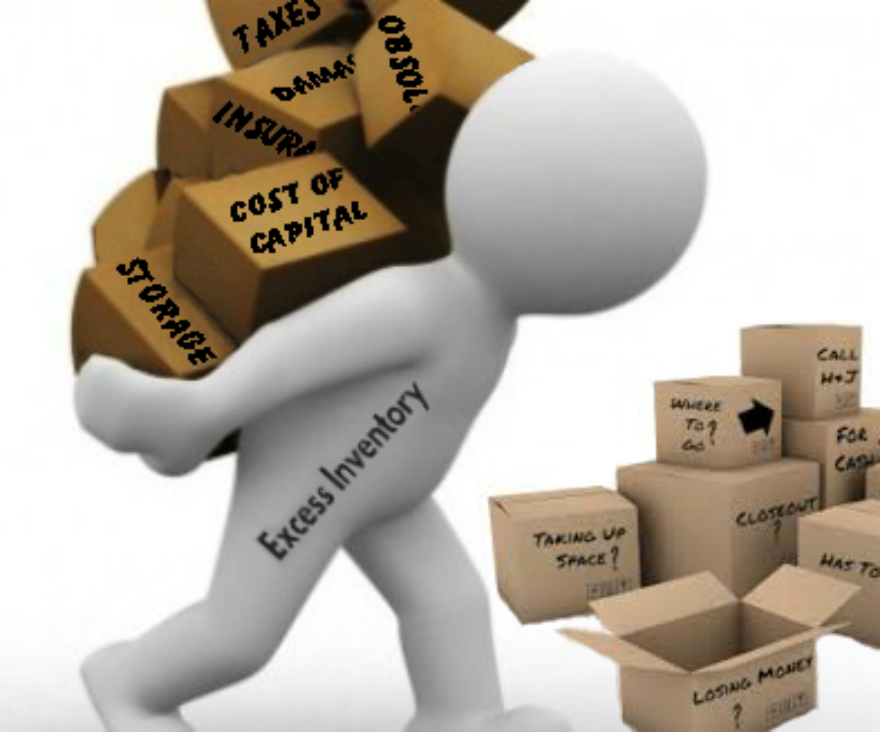Excess inventory, also known as overstock or surplus inventory, refers to the situation where a business has more inventory on hand than it needs to meet current demand. This excess inventory can take many forms, including finished goods, raw materials, or work-in-progress items. Essentially, inventory is not being sold or used within a reasonable timeframe.
Causes of Excess Inventory
There are several reasons why excess inventory may accumulate within a business. Some common causes include:
1. Forecasting errors: Inaccurate demand forecasting can lead to overestimating the inventory needed, resulting in excess stock.
2. Seasonal fluctuations: Businesses may overproduce inventory in anticipation of increased demand during peak seasons, only to be left with surplus stock when demand does not meet expectations
3. Supplier delays: Delays in receiving inventory from suppliers can lead to overordering to compensate for potential shortages, resulting in excess inventory.
4. Changes in consumer preferences: Shifts in consumer preferences or market trends can leave businesses with excess inventory of outdated or unpopular products.
5. Production issues: Issues with production processes, such as equipment malfunctions or quality control problems, can result in excess inventory of defective or unsellable items.
Impact of Excess Inventory
Excess inventory can have a significant impact on a business’s financial health and operational efficiency. Some of the key consequences of excess inventory include:
1. Tie-up of capital: Excess inventory ties up valuable capital that could be invested in other areas of the business, leading to decreased cash flow and profitability.
2. Storage costs: Storing excess inventory incurs additional costs for warehousing, maintenance, and insurance, further reducing profitability.
3. Obsolescence: Excess inventory runs the risk of becoming obsolete or outdated, resulting in losses from markdowns or write-offs.
4. Reduced flexibility: Excess inventory limits a business’s ability to respond quickly to changes in demand or market conditions, hindering its competitiveness.
Managing Excess Inventory
To effectively manage excess inventory and mitigate its negative impact, businesses can implement various strategies, including:
1. Demand forecasting: Improving the accuracy of demand forecasting can help businesses better align inventory levels with actual demand, reducing the risk of excess stock.
2. Just-in-time inventory: Adopting a just-in-time inventory system can help businesses minimize excess inventory by only ordering and producing goods as needed.
3. Liquidation: Selling excess inventory through clearance sales, discounts, or liquidation channels can help businesses recoup some of the costs and free up storage space.
4. Inventory optimization: Implementing inventory optimization techniques, such as ABC analysis or safety stock management, can help businesses better control inventory levels and reduce excess stock.
Conclusion
Excess inventory is a common challenge that businesses face, but with proper planning and management strategies, it can be effectively addressed to minimize its impact on a company’s bottom line.
By understanding the causes and consequences of excess inventory and implementing proactive inventory management practices, businesses can optimize their inventory levels and improve their overall operational efficiency.
